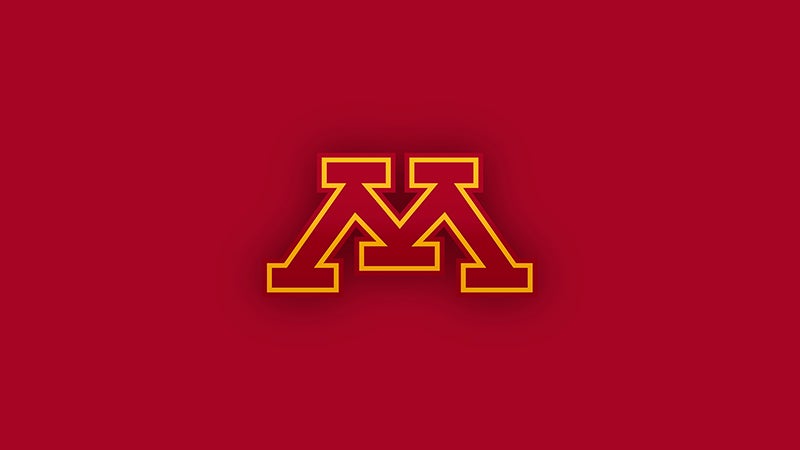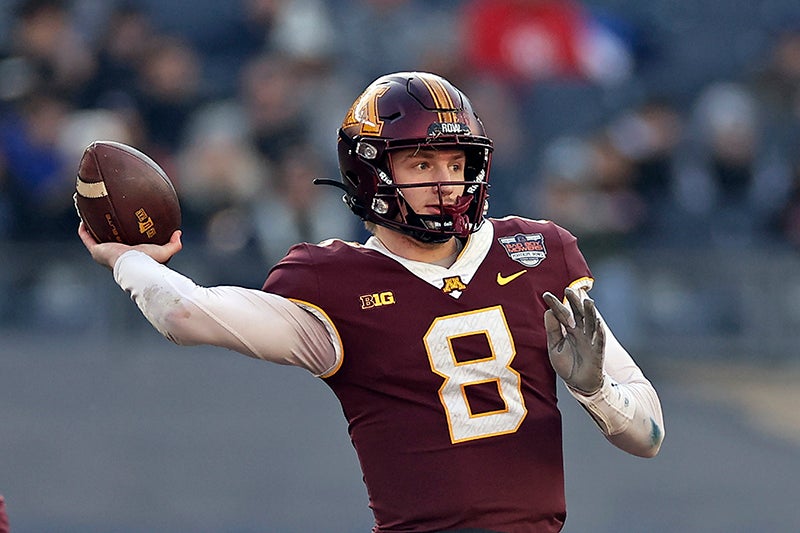Southern teams have advantage over Gophers with more rated prospects
Published 3:00 am Tuesday, September 2, 2014
Column: Notes from Nashville, by Andrew Dyrdal
During the third quarter of the Tennessee Volunteers football team’s blowout win over Utah State on Sunday night, true freshman running back Jalen Hurd caught a pass at the 15-yard-line and made two defenders miss as he trotted into the end zone for his first collegiate touchdown.
Fellow true freshman receiver Josh Malone celebrated with him in the iconic orange and white checkered end zone inside Keyland Stadium in Knoxville as the Vols took a 31-0 lead, and true freshman Derek Barnett, Todd Kelly Jr., and Vic Wharton cheered along the sideline.
There’s no reason you should know who any of these players are, though someday I bet you will, but I was watching the game for a very particular reason. I covered all those players as high school seniors last fall while writing for two newspapers in middle Tennessee.
The first player I saw was Wharton, a 6-foot tall athlete from Independence High School in Thompsons Station. Wharton was listed as a wide receiver but did it all. He played quarterback, receiver, running back and defensive back, and he was the most exciting kick returner I had watched at any level (sorry Cordarrelle Patterson). He returned not just one but often multiple kickoffs and punts for touchdowns each game and did it while running backwards and sideways as much as forwards.
Wharton was the most impressive high school football player I had ever seen, and by that I assumed he must be the best in the state. I loaded the state of Tennessee’s recruiting rankings from espn.com on my iPhone and was shocked. He wasn’t ranked first, second or third. He wasn’t even in the top 10.
That’s when it hit me just how good southern high school football is.
Wharton was the first recruit in the state to commit to the rebuilding Tennessee Vols program despite offers from Ole Miss, Southern Mississippi and North Carolina.
Barnett, a defensive end from Brentwood, picked UT soon after over Florida State and Ohio State, and Hurd, from Hendersonville, had offers from every school in the Southeastern Conference.
Kelly Jr., a 6-foot-1-inch safety rated the fifth-best in the nation at his position, had a similar offer sheet, and Malone, the No. 1 recruit in the state out of Gallatin, picked the Volunteers over just about every school in the nation, including Alabama, Michigan and Oregon.
When the dust settled in the winter, Tennessee had locked down six of the eight best recruits in the state and had the fifth-best recruiting class in the nation. Even more impressive considering the Volunteers had won just four SEC games over the past three seasons and hadn’t posted a winning record since 2009.
But second-year head coach Butch Jones didn’t need to recruit all over the country to find the best players. By simply putting up a fence around the state of Tennessee, he was able to secure a sensational class.
This is where schools in the Big Ten, especially Minnesota, have an enormous disadvantage.
One of the first steps Gophers head coach Jerry Kill needed to make when he took over in 2011 was to convince the best high school players in the state to stay home. While he’s done a solid job at that so far, in a state where the culture of high school football is much different than that of the South, it will continue to make the program only marginally better. In order to make leaps and bounds towards the top of the conference and, eventually, nation, Kill would have to go into states like Tennessee and steal the top players from teams like the Volunteers.
That’s a tall order.
To put into perspective the advantage schools like Tennessee, a middle-of-the-road SEC program, have over Minnesota and other Big Ten schools, you can simply look at the talent they have in their backyards.
The state of Tennessee is home to 42 recruits rated three stars of higher by ESPN in the 2015 class. Minnesota has just nine. Tennessee also has nine four-star recruits in its high school programs this year. That’s as many as Minnesota has had the past five years combined. Gophers running back commit Jeff Jones, for example, was ranked a four-star recruit.
But even Tennessee’s talent pales in comparison to Texas, which has an astounding 239 three-star recruits within its borders.
In fact, Minnesota’s highest-ranked recruit for its current 2015 class is Jaylen Waters, who is from Copperas Cove, Tex. A standout like Waters is still the 115th highest-ranked recruit from Texas, though.
I look forward to watching the Gophers continue to rise in the Big Ten and hope Kill can continue building the program like their motto says: “brick by brick.”
Kill will need a few boulders, though, to compete with universities from the South.
Andrew Dyrdal’s column appears in the Tribune each Tuesday.



